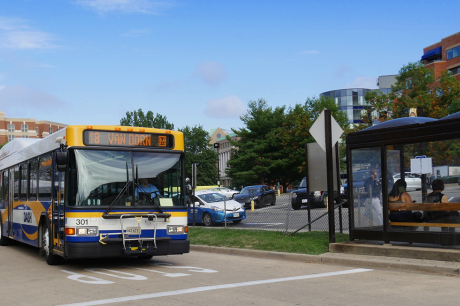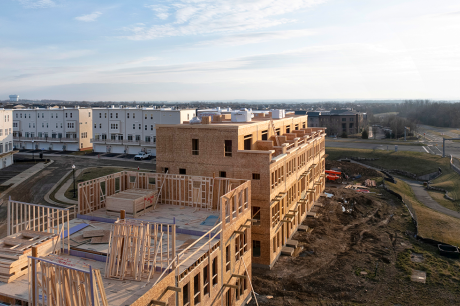Articles and analysis on today's issues

As data centers see a surge in demand because of generative AI, Henrico County, Virginia, shows how local governments can turn the economic gains of this new industry into sustainable funding for affordable housing.
The Administration’s Budget Calls for Federal Housing Cuts, but States and Localities Can’t Solve the Housing Crisis Alone Although states and localities have started allocating more funds toward affordable housing development, they won’t be able to address the existing need without federal funding.The Road to Affordable and Stable Housing Starts with a Comprehensive Federal Housing Package The ROAD to Housing Act could be the first step toward a robust, federal policy package to address the affordable housing crisis. But more data, evidence, and financial investment will be needed to drive this home.How Registered Apprenticeships Could Expand the Manufacturing Labor Force Through registered apprenticeships, manufacturers can cultivate a broader workforce and ensure career opportunities are available to those who have been historically left out of the industry.How Commuters with Low Incomes Use Public Transit and How One City Expanded Ridership Transportation is closely linked to upward mobility, but it can be expensive and hard to access. Local leaders can look to Alexandria, Virginia, and the Upward Mobility Data Dashboard for strategies to address transportation barriers in their communities.Automatic Enrollment in Discounted Transit Fare Programs Can Support Higher Participation: Lessons from Philadelphia Philadelphia’s Zero Fare program serves as a prime example for cities and transit agencies interested in increasing ridership and implementing income-based, discounted fare programs.Opportunity Zones Need to Be Retooled to Achieve Impact More than $100 billion has been invested in Opportunity Zones since 2018, but evidence shows this capital has mostly gone to areas already receiving greater investment, not to areas truly in need.





